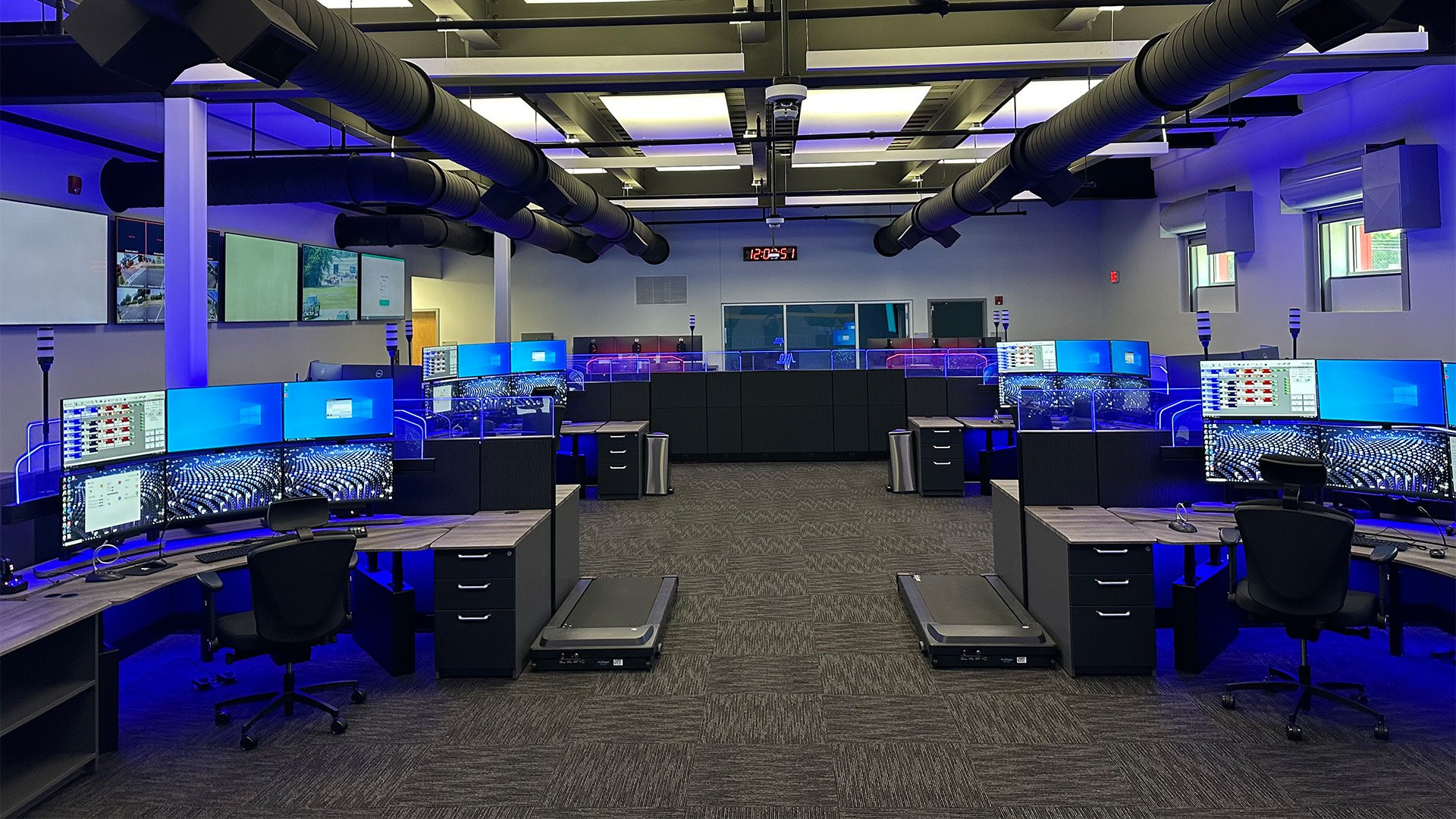 How would you like to share in a piece of that flu your co-worker had last week? It sounds disgusting, but did you know that bacteria such as staph, or MRSA can survive on fabrics and surfaces for days and often even weeks? That's right, weeks! According to the Centers for Disease Control, the build-up of such bacteria on work surfaces leads to things such as illness and allergic reactions that can be difficult to treat. Furthermore, bacteria if left unchecked can cause some other pretty serious problems in the workplace including odors, stains, and degradation of work surfaces. Below are some key reasons why choosing antimicrobial work surfaces makes good business sense.
How would you like to share in a piece of that flu your co-worker had last week? It sounds disgusting, but did you know that bacteria such as staph, or MRSA can survive on fabrics and surfaces for days and often even weeks? That's right, weeks! According to the Centers for Disease Control, the build-up of such bacteria on work surfaces leads to things such as illness and allergic reactions that can be difficult to treat. Furthermore, bacteria if left unchecked can cause some other pretty serious problems in the workplace including odors, stains, and degradation of work surfaces. Below are some key reasons why choosing antimicrobial work surfaces makes good business sense.
Spread of Germs Surfaces that have not been properly rid of bacteria can act as a transfer route and move from surface to humans. This transfer of bacteria to humans can lead to some pretty serious illnesses. Examples of such illnesses include staph, tuberculosis, cholera, syphilis, typhoid fever, and tetanus. In addition, there are some emerging threats known are "super bugs" that are becoming increasingly more difficult to treat. One such example is MRSA. Failure to stop the bacteria that causes illnesses can lead to an increase in missed work days amongst employees. According to the Integrated Benefits Institute, employee sick days cost employers $227 Billion dollars in lost productivity.
Allergic Reactions In addition to the threat of bacteria, the build-up of mold spores on work surfaces can also cause allergic reactions in the workplace. Allergic reactions occur when there is a build-up of mold spores and allergens on a surface which ultimately leads to an adverse reaction. Symptoms of an allergic reaction include sore throat, runny nose, hoarseness, cough, headache, fever, hay fever, fatigue.
Odor, Staining, and Degradation of Work Surfaces Left untreated, over time, the build-up of bacteria can cause work surfaces to stain. This can cause equipment to reach the end of its life cycle a lot quicker than planned, leading to costly replacement bills. In addition, allergens that are not properly removed can cause odors. This can lead to poor indoor air quality and make for very unpleasant working conditions.
How Antimicrobial Work Surfaces Can Help The key to reducing these threats in the work place is to reduce the amount of bacteria and germs found of work surfaces. Antimicrobial work surfaces are protected with an agent that minimizes the growth of bacteria by 99.9%. The agent continually replenishes itself over the lifetime of the product, thus making it the perfect solution to reduce sickness in the workplace, today, and every day.


